“You must be crazy not to love Alvaro Siza,” said my lecturer in a monotonous voice and expression, “His designs are really good and a strong respect for every site.”
The Portuguese architect Álvaro Siza is one of the world’s most respected architects. The recipient of many awards, including the US Pritzker Prize for Architecture in 1992, Siza has built and taught in Portugal and internationally since the late 1950s.
Just like every good students, I went to the library and borrow some books on Alvaro Siza, and it was love at first sight.
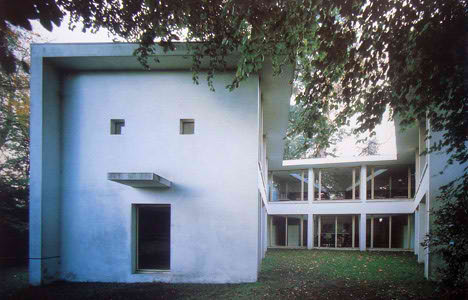
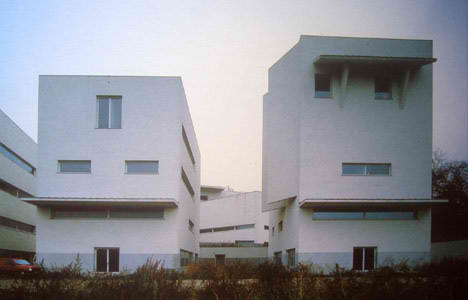
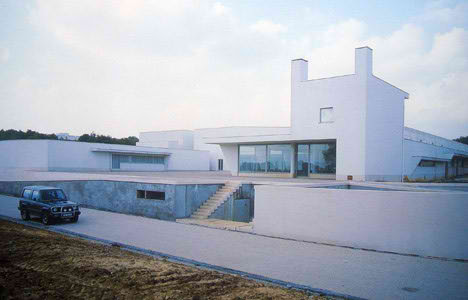
Faculty of Architecture of the University of Porto, Portugal.
Based on a preliminary program established by the Rectory of the University of Porto, the faculty is set on a terraced site high above the Douro River, the faculty covers a total area of 87,000 square meters with four free standing pavilions each connected by a 3 meters narrow corridor. According to Alvaro Siza, the connecting path give an impression of a generous space.
I’m not quite sure about the long narrow corridor, I hate long narrow corridors, its creepy and spooky. What Alvaro Siza did was to punch pocket of holes, to allow light to illuminate the corridors and certain spaces, the creativity in playing with natural sunlight really enhance the overall architecture, but isn’t it better if the walls are transparent? Punching pockets of holes in a hall is acceptable, punching holes to draw natural sunlight for a courtyard within a building is acceptable but punching holes for the sake of drawing natural sunlight doesn’t make any sense to me.
Personally it would be better if the walls are transparent, it allows natural light to illuminate the corridors and increase the visual space, thus eliminate the perception that all corridors are creepy and spooky. There is not much description on the opaque walls in the corridors, he must have a good reason for it.
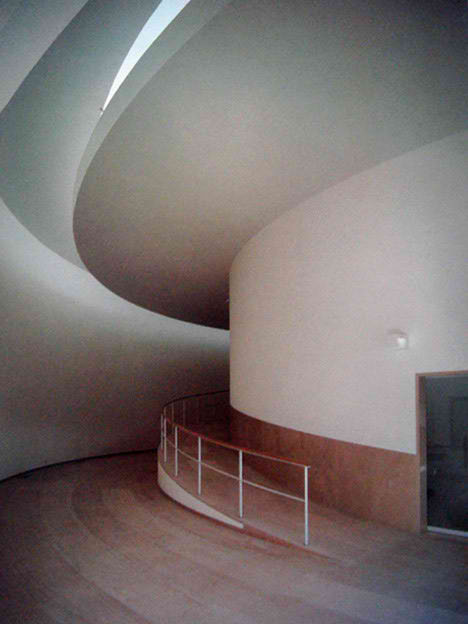
I think the Galician Center for Contemporary Art in Spain is his best project ever, situated in the city with lots of classical buildings, it clad in granite and like many local buildings, it seeks to respond in a modern yet appropriate way to its surrounding in harmony.
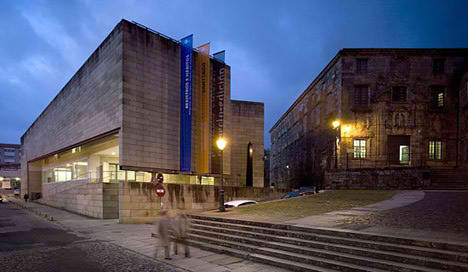
Both the exterior and interior volume emphasize on the purity of line, the interior on the other hand are rendered with both natural and artificial lighting. A trademark of Alvaro Siza at its best.
Unlike Frank Gehry, Zaha Hadid or Richard Meier, Alvaro Siza’s design respond to the site and its surrounding, whereas Gehry, Hadid and Meier tends to impose their signature design upon the site, I would not say their design is an eye sore, just that they approach the site in a different way. There is no right or wrong, if the common people love it and asked for more, then they must be really good. Respect.
You must be crazy not to love Alvaro Siza!

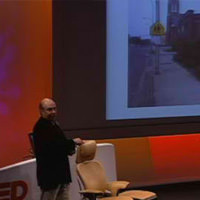
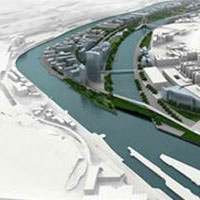


Siza is my favourite architect by far!
His son is an architect too, and inherit his father’s sensitivity~
your lecturer is right in every word.
Siza is maybe the last space poet.
i just want to say that the third photo is not the Oporto school but the Setubal school for education also in Portugal. and by he way, he uses the opaque white walls to fight against the portuguese hot sun and take control of the natural light so it can illuminate (not warm up) only what he wants and not all the space equally. as you said his works respond to the site.. always.
Architectural engineering applications of the future look to the future of e architectural art and contemporary art and visual engineering the mind of the designer in the forms of expertise are bright and defined forms of environmental and industrial houses or anything the future will be yes if the architect told the class if excellent for architectural tells her environmental areas and the location and areas of environmental and geological Yes recent history may have wanted defined in the science of land environment either the art of contemporary architect is the science and the challenge between the minds of scientists architectural and engineering architect is walking into account environmental and time that the built environment and time is a challenge between art and painting of the walk to the environment the great think you be study and student or student we can think be life of the environmental be reat student on our life be make designs by mind science